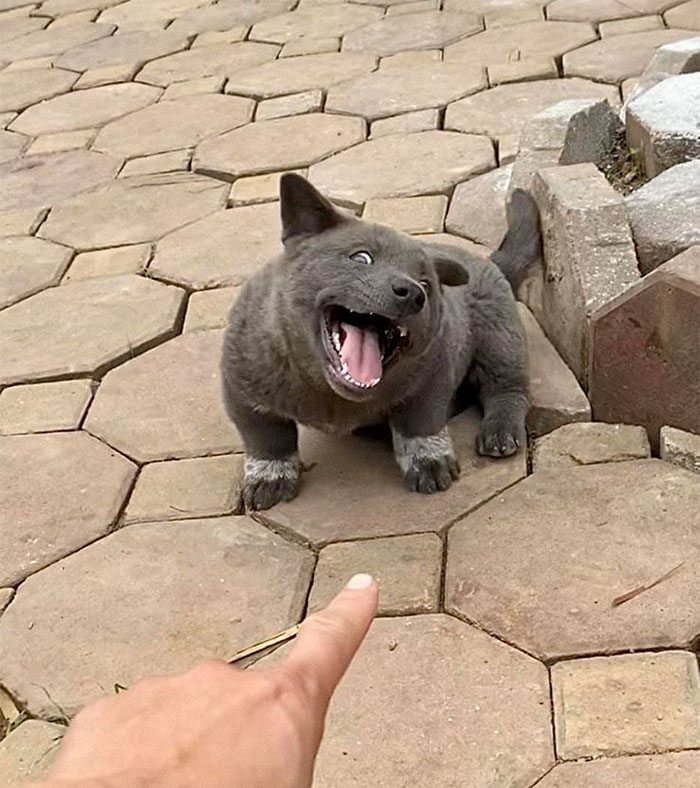Let’s be honest—brushing your cat’s teeth probably isn’t on your list of favorite activities. Most cat owners either avoid it altogether or don’t realize how important it is. But here’s the truth: your cat’s dental health is a major part of their overall well-being, and yes—you can brush your cat’s teeth (without losing a finger!).
In this guide, we’ll walk you through the why, when, and how of brushing your cat’s teeth, plus tips to make it as stress-free as possible—for both of you.
Why Brushing Your Cat’s Teeth Matters
Dental disease is incredibly common in cats—especially over the age of three. Left unchecked, tartar and plaque buildup can lead to:
-
Bad breath
-
Painful gum infections (gingivitis)
-
Tooth loss
-
Damage to kidneys, heart, and other organs from bacteria entering the bloodstream
Regular brushing can prevent dental disease, reduce vet bills, and keep your cat happier and healthier long-term.
What You’ll Need
Before you begin, gather the right supplies:
-
Cat-specific toothbrush: A finger brush or a small soft-bristled brush works well.
-
Pet-safe toothpaste: Never use human toothpaste—it can be toxic. Choose flavors your cat might enjoy, like poultry or seafood.
-
A calm environment: Quiet room, no distractions, gentle lighting.
Optional but helpful:
-
Treats for positive reinforcement
-
A towel to gently wrap your cat if needed
-
Dental wipes (for beginners or supplementing between brushes)
Step-by-Step: How to Brush Your Cat’s Teeth
Step 1: Get Them Comfortable
Start by simply touching your cat’s face and gently lifting their lips. Do this for a few days so they get used to having their mouth handled. Reward them with treats or affection.
Step 2: Introduce the Toothpaste
Let your cat taste the toothpaste from your finger. Most cats will be curious, and some will even lick it like a treat.
Step 3: Use Your Finger First
Before using a brush, try rubbing a bit of toothpaste along their gums with your finger. Keep it short and calm. Don’t aim for perfection—just build trust.
Step 4: Introduce the Brush
Once your cat is used to the process, start using the brush in gentle circular motions. Focus on the outer surfaces of the teeth, especially the back molars where plaque builds up the most.
Step 5: Keep It Short and Sweet
A few seconds is enough at first. Gradually build up to 30–60 seconds per session. Always end on a positive note—with praise, a cuddle, or a small treat.
How Often Should You Brush?
Ideally, you should brush your cat’s teeth daily. But let’s be realistic—if you can manage 3–4 times a week, you’re doing great! Combine brushing with regular vet dental checkups for full coverage.
What If My Cat Refuses?
Some cats simply won’t tolerate brushing—and that’s okay. Here are alternatives to support dental health:
-
Dental treats or chews
-
Water additives
-
Dental diets recommended by your vet
-
Professional cleanings under anesthesia (as needed)
But don’t give up too quickly—many cats adjust surprisingly well with gentle persistence.
Final Thoughts
Brushing your cat’s teeth might sound like mission impossible, but with the right approach, patience, and consistency, it can become a manageable (even bonding!) part of your routine. Start slow, celebrate small wins, and remember: a few minutes a week can add years to your cat’s life.
So go ahead—grab that tiny toothbrush. Your cat might not thank you today, but their future self definitely will.
